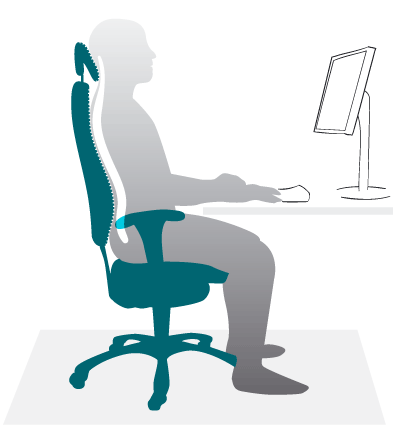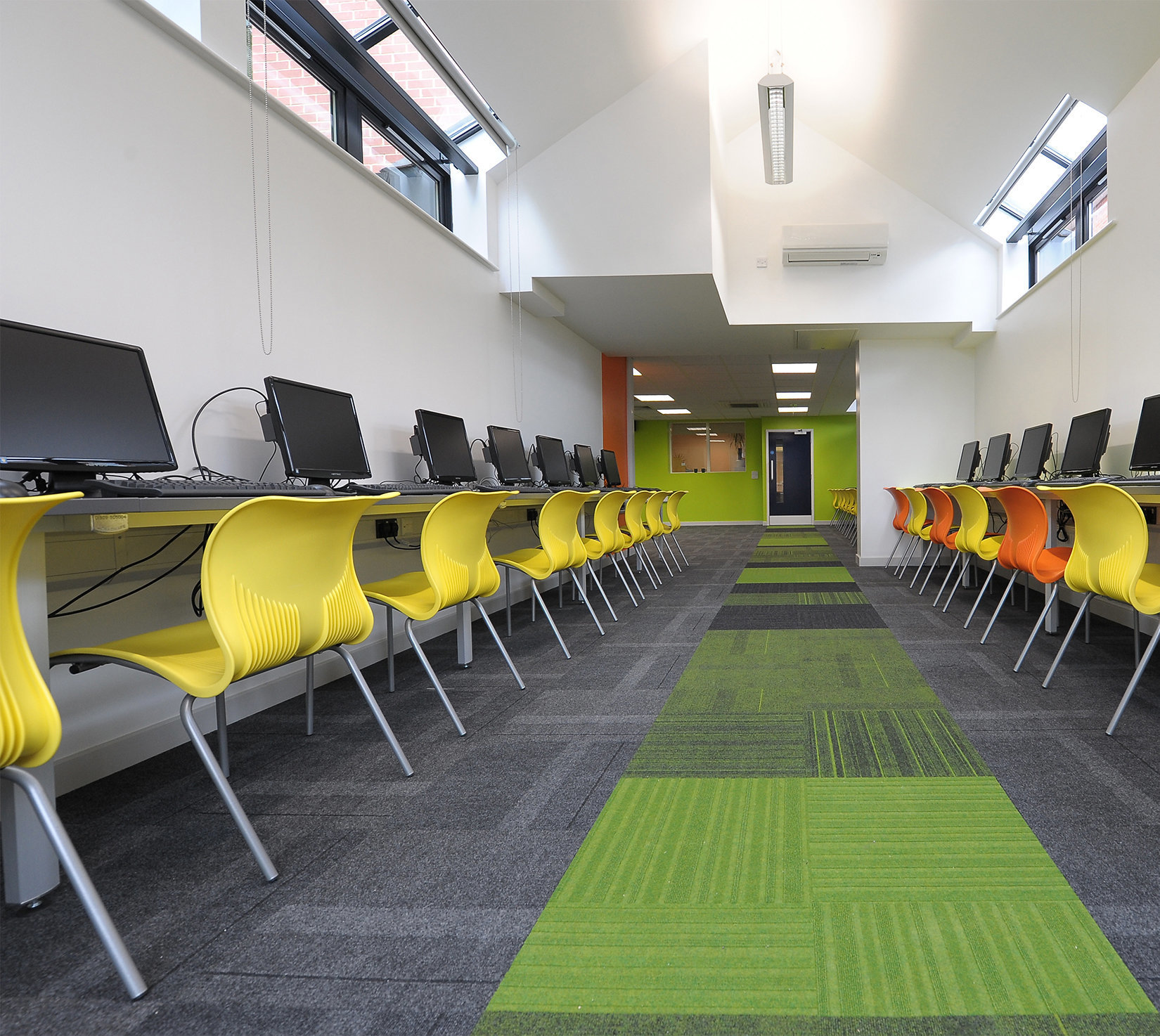Best Sitting Posture – Reducing Back Pain

We have all heard about the importance of having good sitting posture. So many of us have heard time and time again that sitting tall, holding your head high and keeping good posture is very important. However, besides looking poised, healthy and professional at all times, why is having good posture so important?
When you maintain good posture, you can reinforce the important alignment in your neck and back, and you can keep your spine straight, in line and healthy. Studies have shown that good posture can help you have more energy, less stress and avoid fatigue. In fact, good posture is essential if you want to stay physically fit. In summation, good posture is a sign of good health.
We recognize poor posture when we see it formed as a result of bad habits carried out over years and it starts taking its toll on us. But realistically only a few of us have a real grasp of the full importance and necessity of good posture and the consequences that can result if a good posture is not maintained.
Here is a list of consequences which can develop if bad posture is not corrected:
- Change of spinal curve
- Poor digestion
- Increased chances of Cardiovascular Issues
- Varicose Veins
- Back Pain
Ways to improve your sitting posture
The ‘Right-Angled’ sitting position
Principally, the right-angled sitting position is a backwards inclined resting position. If eyes are a long way from the book, then you have to bend your neck into an unnatural position to see properly and the right-angled sitting position loads both the hip joints and the lumbar region in extreme positions. It’s neither a natural nor a comfortable way to sit for any length of time.
Working from the ‘Right-Angled’ position
As soon as you have to begin reading or writing, your eyes need bringing closer to the work you are doing. To do so, you bend your lumbar region. The bending tends to be localized in the 3rd, 4th and 5th discs, because the rest of the back is pretty inflexible. Even with the limited bend, muscles, joints and ligaments are overstretched and the back begins to round. There’s also backwards pressure on the lower discs. And to make things more awkward, the extreme flexing of the neck is a very tiring position to hold for any length of time.
Extra tips to keep in mind when maintaining a correct posture:
- Keep your feet on the floor, or on a footrest if they don't reach the floor.
- Don't cross your legs. Your ankles should be in front of your knees.
- Keep a small gap between the back of your knees and the front of your seat.
- Your knees should be at or below the level of your hips.
- Adjust the backrest of your chair to support your low- and mid-back or use a back support.
- Relax your shoulders and keep your forearms parallel to the ground.
- Avoid sitting in the same position for long periods of time.

These are just a few ways to improve the posture. At Springfield, we offer a comprehensive design and planning service to help you and your children get the most out of your learning environment. For advice, recommendations and a free no obligation quote, give us a call on 0117 972 9320.

